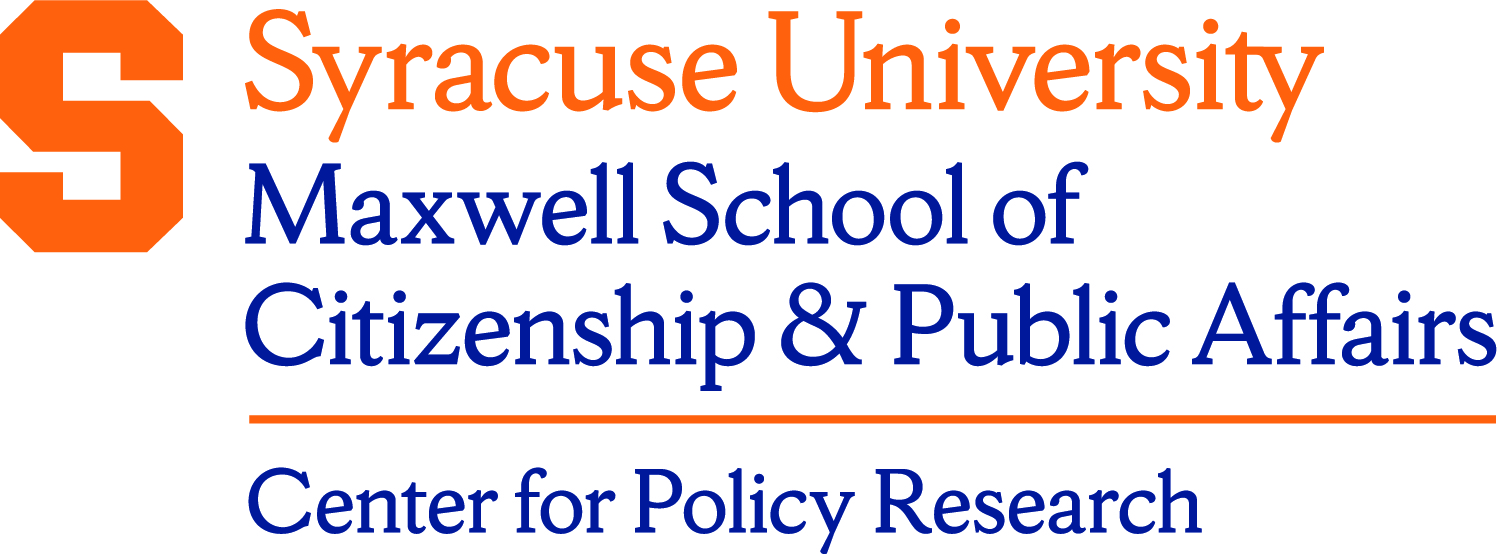Description/Abstract
The Community Eligibility Provision (CEP) of the Healthy, Hunger-Free Kids Act of 2010 allows school districts to provide free meals to all students if more than 40 percent of students are individually eligible for free or reduced-price lunch. While emerging evidence documents positive effects on student behavior and academics (Gordon and Ruffini, 2019; Schwartz and Rothbart, 2020), critics worry that Universal Free Meals (UFM) has unintended consequences, including exacerbating student obesity and adding financial burden onto school districts. We use school and district level data from New York State (NYS) and a difference-in-differences design to test whether concerns over negative effects for district finances (both revenues and expenditures) and student weight are justified. We exploit the staggered adoption of CEP across NYS school districts, and explore differences between metro, town, and rural districts. We delve into potential mechanisms, such as lunch and breakfast participation, and use a non-parametric event study model to assess pre-adoption trends and dosage effects. We find that, while local food service revenues decline, as expected, Federal dollars more than compensate through increased reimbursement revenues. Districts increase total food expenditures after CEP adoption (consistent with serving more meals) but spend less per meal. Indeed, while some worry that expanding free meals will crowd out education spending, we find CEP has no effect on instructional expenditures. Furthermore, while CEP increases participation in school lunch and breakfast, there is no deleterious effect on obesity, but, instead, some evidence of decreases in obesity in secondary grades. Rural districts experience larger impacts on revenues, expenditures, and student obesity than both metro and town districts, suggesting rural locations might be the most responsive to CEP. Unlike other districts, however, rural districts experience a food service funding gap from the CEP.
Document Type
Working Paper
Date
4-2020
Keywords
School Food, Childhood Obesity, Free Lunch, School Finance
Language
English
Funder(s)
The Tufts/UConn RIDGE Program and the National Institutes of Health, Eunice Kennedy Shriver National Institute of Child Health and Human Development
Funding ID
5R01DK097347-02
Series
Working Papers Series
Acknowledgements
This work is generously supported by The Tufts/UConn RIDGE Program and the National Institutes of Health, Eunice Kennedy Shriver National Institute of Child Health and Human Development (grant 5R01DK097347-02). We thank the NYS Department of Education Child Nutrition Knowledge Center for providing data, especially Todd Bradshaw. We also thank Meryle Weinstein, Joanna Bailey, and Henry Dyer Cruzado for their invaluable research assistance. The opinions expressed are those of the authors and do not represent views of the U.S. Department of Agriculture, National Institutes of Health, or NYS Department of Education. *Preliminary draft for discussion purposes: comments welcomed.
Disciplines
Economic Policy | Economics | Public Affairs, Public Policy and Public Administration
ISSN
1525-3066
Recommended Citation
Rothbart, Michah W.; Schwartz, Amy Ellen; and Gutierrez, Emily, "Paying for Free Lunch: The Impact of CEP Universal Free Meals on Revenues, Spending, and Student Health" (2020). Center for Policy Research. 259.
https://surface.syr.edu/cpr/259
Source
Local input
Creative Commons License

This work is licensed under a Creative Commons Attribution 4.0 International License.




Additional Information
Working paper no. 227